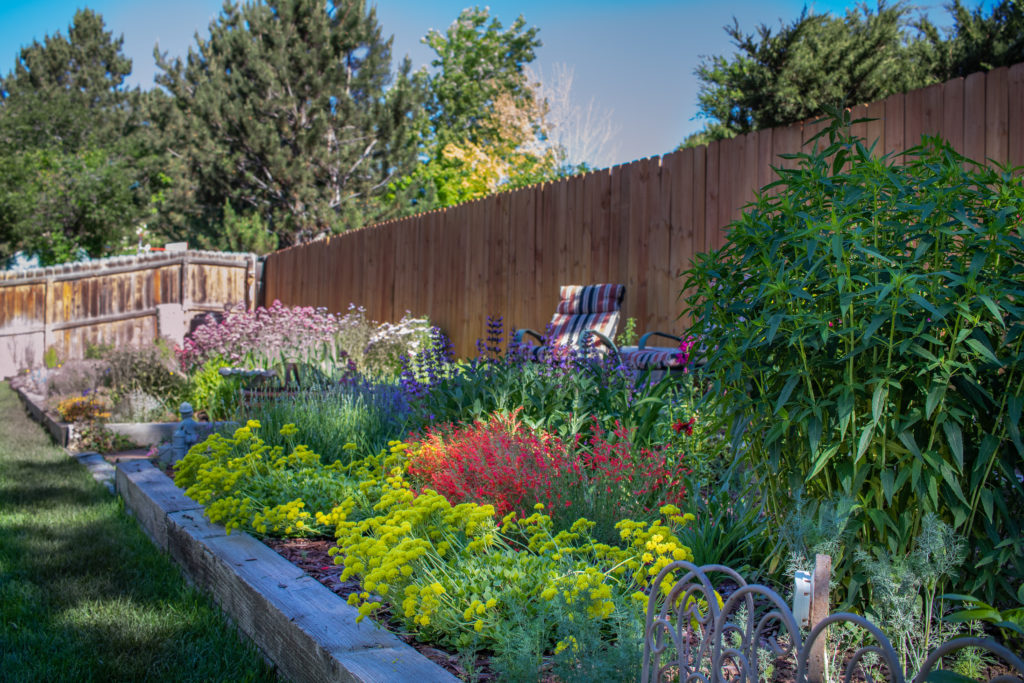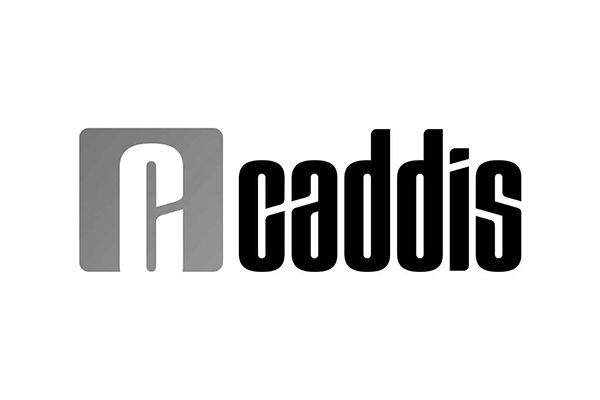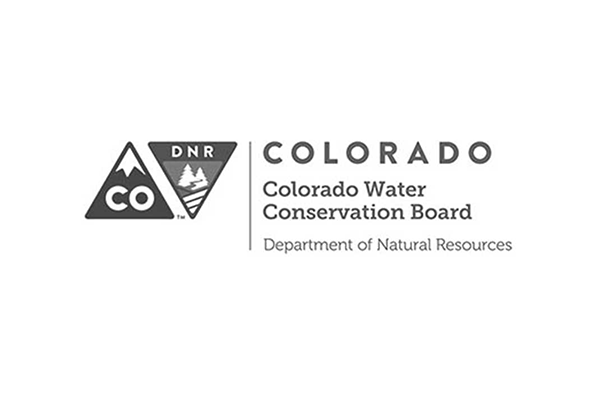As Xeriscaping, now also referred to as ColoradoScaping or waterwise landscaping, is getting its moment in Colorado’s news (also here and here and here) this year we wanted to clear up some common myths about what it is and what it is not.
1. MYTH: Xeriscaping is Zeroscaping
“Xeriscaping was originally coined by a special task force of the Denver Water Department, Associated Landscape Contractors of Colorado, and Colorado State University to describe landscaping with water conservation as a major objective. The derivation of the word is from the Greek ‘xeros,’ meaning dry, and ‘scape,’ meaning the pattern of the landscape – thus, xeriscaping.” (C. Wilson, J.R. Feucht and Susan Carter, 3/19:online)
It is pronounced zer-i-skaping, which is, in fact, different from the common mispronunciation – zer-o-scaping. Zeroscaping is not a true landscaping term but instead a common mispronunciation of Xeriscaping. It is assumed that this mispronunciation has led to further misunderstandings too. Over the years since the term was created, Xeriscaping has been reduced to rock mulch and cactus, or worse—no plants at all. While waterwise landscaping is intended to reduce or eliminate water use over time by using drought-tolerant plants, that is just the beginning! Xeriscaping includes 7 principles of design. Waterwise landscapes also offer other benefits compared to grass, like promoting wildlife habitat, supporting and hosting pollinator species, reducing the need for (lawn) fertilization, increasing color and curb appeal, and increasing biodiversity. Due to the very prevalent confusion surrounding the term and the statewide traction that lawn replacement is getting these days, the industry is considering switching to terms like ColoradoScaping or “waterwise landscaping” to better communicate the breadth of styles that residents should be considering when looking to reduce water consumption in home yards.
Xeriscapes can be:
Dynamic
Colorful
Vibrant
Diverse
Wildlife and pollinator supporting
Lush
Attractive
2. MYTH: Waterwise landscaping is anti-lawn.
The principles of waterwise gardening can include small sections of functional lawn. Ideally, lawn lovers are reducing the amount of irrigated lawn as well as moving away from non-native and heavy-water using varieties, like Kentucky Bluegrass, towards native, drought-tolerant grasses, like Buffalo Grass. Intentional and moderate sections of irrigated lawn have their aesthetic and practical place within waterwise landscaping.
3. MYTH: Xeriscaping means no irrigation.
Xeriscapes use roughly 62% less water compared to non-native grass lawns. But that doesn’t mean they use no water. Annual and perennial plants alike will need regular waterings during the establishment phase, which is up to 2 to 4 weeks after planting. Once plants with low water needs reach maturity, typically around 2 years after planting, they should be able to survive and thrive with only natural rainfall. Additional irrigation past this point may help the plants produce more blooms or prolific growth, but this isn’t necessary for their survival. One exception may be during periods of drought when most plants with low-water needs will perform better with additional watering. The bottom line is that xeriscapes will need regular watering until maturity – or about 2 years – and sometimes following 2 years during periods of drought or to improve growing performance. So while these landscapes are more sustainable than grass, they do still need a bit of irrigation.
For yard inspiration, please check out Resource Central’s sister site, WaterwiseYards.org, to see real landscaping projects from fellow Coloradoans. You can also learn more in our free, online seminars.










